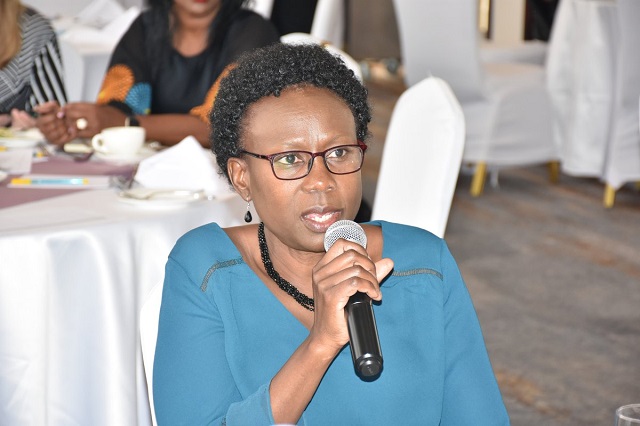
Kampala, Uganda | THE INDEPENDENT | Only 19% of the population have the appropriate recommended pit latrines. This is according to the Ministry of Health.
According to World Health Organisation- WHO, a safe toilet or latrine is that whose design, construction, management and use is arranged so that users are safely separated from excreta, avoiding both active contact through soiled surfaces or passive contact for instance through flies.
The guidelines stipulate that in order to achieve this, a latrine must be built using durable material that can be cleaned easily, for instance, concrete, porcelain, stainless steel, durable plastic or smooth wood.
Health Minister Dr Jane Ruth Aceng says that while previous surveys have shown pit latrine coverage to be higher, they were using parameters that don’t meet the requirements by the WHO for one to be deemed an appropriate latrine.
She says that most of the pit latrines are seasonal and get washed away during the rainy season.
The Minister who was speaking during the first annual National Health Promotion and Disease Prevention Conference on Wednesday said that there is need to enlighten the communities about the importance of having a pit latrine because in some communities using a latrine is associated with a lot of myths that need to be dispelled.
She said it’s because of this reason that Uganda still grapples with diseases like cholera which can easily be controlled by proper disposal of waste. She says 75% of Uganda’s disease burden is preventable and that the biggest chunk of the health sector budget goes into clinical care.
The highest burden of disease Aceng says is faced during the rainy season when the latrines get washed away exposing the people to fecal matter.
Other considerations that should be taken according to WHO include a latrine being compatible with current and predicted future water availability for flushing where necessary, cleaning and hand hygiene in addition to being compatible with the subsequent containment, conveyance and treatment technologies either on-site or off-site for safely managing excreta generated through use.
******
URN
 The Independent Uganda: You get the Truth we Pay the Price
The Independent Uganda: You get the Truth we Pay the Price


